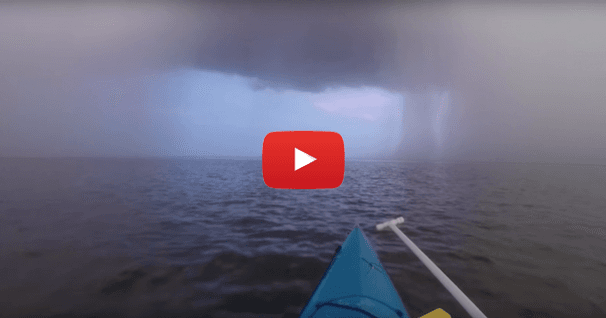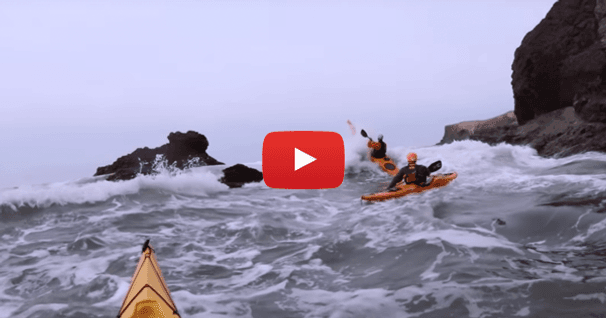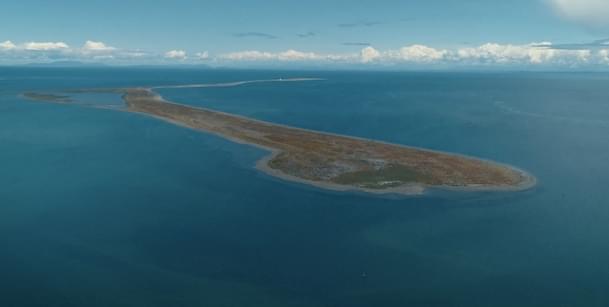Paddling with Boat Traffic in Multi-Use Waterways
Just as vehicles have roads and rules that dictate the way they travel over land, the flow of boat traffic is also directed by roads and rules, both federal and local. As paddlers using multi-use waterways, we need to be aware of these rules and appreciate that being the smallest and slowest boat on the water means that we must travel with extra caution.
The main roads of the water are the deep channels that the biggest of boats use to travel. As these channels aren't visible from the surface, they're marked with red and green buoys. A simple rule for using these buoys is remembering the 3 R's - Red, Right, Returning. This means that when traveling upstream on a river, or returning from open water, to stay in the main channel you'll keep the red buoys on your right side and the green on your left side. Consequently you can expect most boat traffic to stay in these channels, which is why they're a great place for paddlers to avoid.
Paddling Through Boat Traffic
As a paddler on a body of water with lots of boat traffic, the best rule to follow is that the vessels with less maneuverability should be given a wide berth. Since paddle craft can go almost anywhere, are highly maneuverable, and would be on the losing end of most any collision, the paddler should plan to keep well clear of all other boats. This means staying out of the main channel whenever possible.
Crossing a Channel
If you do need to cross a channel, first consider the closing distance of any boat in the area, just in case something goes wrong during your crossing, and do the crossing as quickly and directly as you can. Think of paddling in multi-use waterways like cycling on a busy road. You're a small and slow-moving boat in a big pond, and so bigger and faster boats may not see you until it's too late. To avoid this scenario, there are a few things you can do.
- First, wear bright colored clothing and/or a bright lifejacket to highlight yourself on the water. To stand out even more, choose a lifejacket with reflective material or place reflective stickers on your boat or board. To illustrate the importance of bright clothing, notice how much easier it is to see the paddler in the bright gear as compared to the dark gear.
- Another way to make sure you're seen on the water is to travel as a group whenever possible, especially when crossing a channel. You're a lot more likely to be seen as a group then as single paddlers spread across the horizon.
As a final note, no matter how much you stay out of the other boat's way, one inevitability of paddling amongst power boats of any size is having to deal with boat wake. The ideal way to deal with boat wake is to hit it head-on with some forward momentum. If you're stand-up paddling, it's a good idea to drop to your knees or even lay down on your board for added stability. So there you have it some valuable tips for staying safe while paddling on multi-use waterways.
Related Articles
Even if you do your research and check the weather before heading out, sooner or later every kayak…
When a situation occurs while paddling in a group, conditions don't stop. Learn some pointers on how to…
Dungeness Spit from above, with the New Dungeness Lighthouse in the distance Dungeness…
Driving a car safely involves much more than merely focusing only as far ahead as the taillights of…



